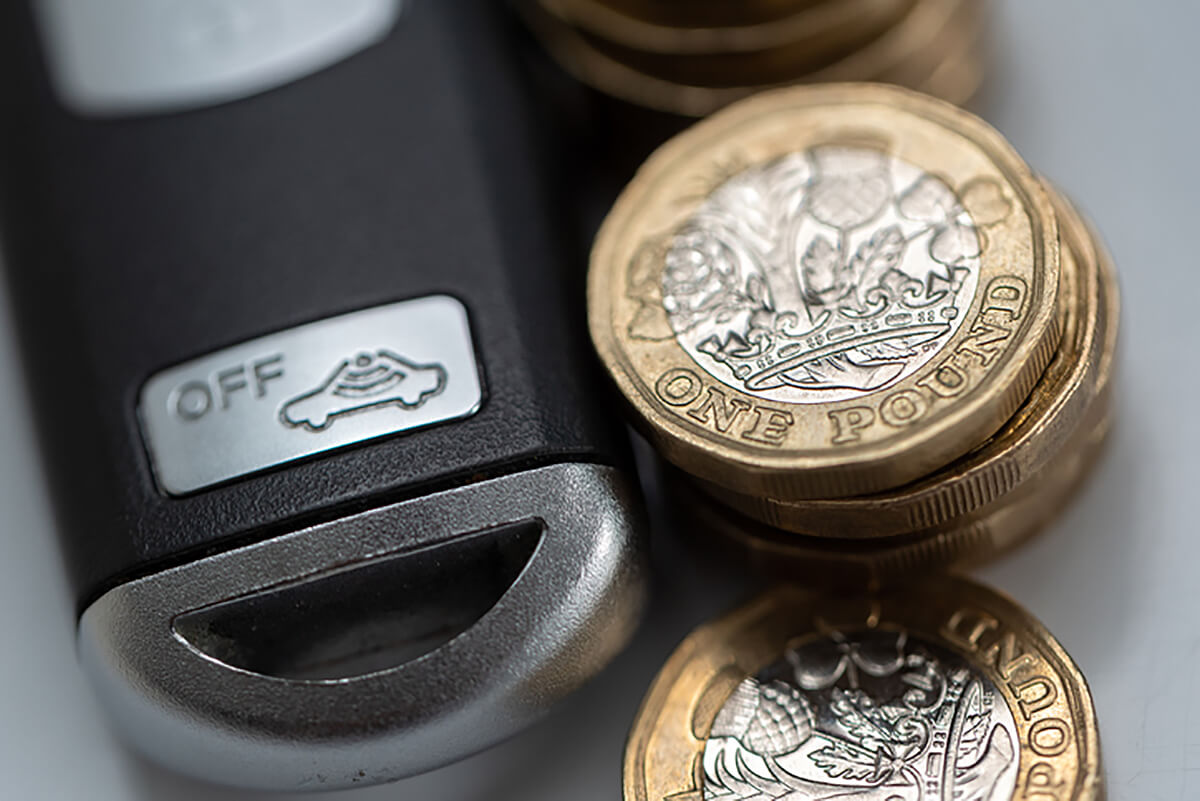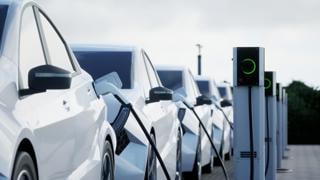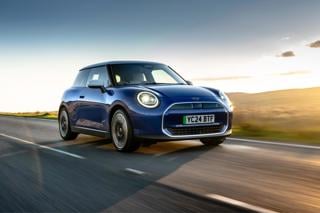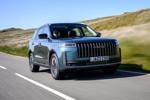Fleet managers are reporting discounts of 45-55% on new electric cars and vans as manufacturers try to grab market share.
June’s Fleet News at 10 webinar heard that ‘buy one get one free’ promotions are not unusual, particularly with larger fleet orders.
Much of the pricing reduction is being driven by the zero emission vehicle (ZEV) mandate, with new market entrants, particularly Chinese brands, offering aggressive pricing to gain fleet traction.
Ryan Long, head of LCV at Zenith, confirmed these discounts aren’t limited to cars, with a steady increase in van discounts over the past 18 months.
“Two for one deals on vans aren’t unheard of,” he said. “But if supply tightens again, OEMs will pull those discounts back.
“It’s a balancing act. Fleets have the power for now, but that could change quickly. It’s a case of making hay while the sun shines at the moment.”
Appearing alongside Long on Fleet News at 10, Lorna McAtear, head of fleet at National Grid and vice chair of the Association of Fleet Professionals (AFP), said: “If a fleet manager is being offered a discount, they’ll snap it up. If it hits our fleet list and keeps our drivers happy, then thank you very much.”
However, McAtear warned that despite the discounts, drivers do not benefit directly.
Irrespective of the discount offered, P11D values remain the same, so these deals don’t have a direct positive impact for drivers looking to reduce their monthly benefit-in-kind (BIK) tax burden.
Paul Hollick, AFP chair, told Fleet News at 10 that the industry’s shift to electric vehicles (EVs) would be better aided by P11Ds being reduced, rather than fleet deal discounting.
He added: “A reduction in P11D will help with things like the expensive car supplement and BIK charges.
“Price reductions can help stimulate the EV market as a whole and particularly the retail market, which needs further stimulation. A healthy EV market requires both fleets and retail customers to make the switch.”
In situations where list prices do reduce, this will impact BIK and if that happens, there can be a disparity between company drivers that ordered before and after a discount.
Dale Eynon, former fleet director at Defra Group Fleet Services, raised concerns about how these fluctuating discounts affect lease rates and fairness among drivers.
“You could have two employees sitting next to each other and one is paying £50 more a month in BIK, just because their car was priced differently due to a discount,” he said.
“That’s why we work with our lease company to update pricing quarterly and take a strategic approach.”
No OEMs would go on the record about the levels of discounts being offered, while UK automotive trade body, the Society of Motor Manufacturers and Traders (SMMT), also declined to comment.
However, the SMMT has previously estimated that discounts on EVs cost carmakers in region of £4 billion in 2024.
Watch the discounting debate on Fleet News at 10
Fleet discounting has ‘minimal impact’ on used values
Fleet News spoke with car pricing experts Cap HPI to discuss whether increased fleet discounting should ring alarm bells for future values.
Dylan Setterfield, Cap HPI head of forecast strategy operations, said fleet discounting has minimal impact on used values.
“The used car buyer does not know what a leasing company paid for the car when it was purchased new and it is also unlikely to be taken into account in terms of the car being remarketed at the end of the contract,” he explained.
“The used car sales team will still be attempting to sell the car for close to or above market value, taking vehicle condition into account.”
A large swathe of similar vehicles from the fleet market heading into the used car market in the same colour, with the same contract terms can create a “concentration effect”, but Setterfield said even this can cause a temporary impact and values can recover in “weeks or months”.
He explained that in practice, these fleet ‘pack’ deals tend to be for a range of different vehicle IDs, in varying colours, with multiple partners and on slightly different delivery schedules or contract lengths.
However, the impact can be more severe for vans, particularly if they are all ‘vanilla’ vans, as there is less opportunity for differentiation.
Retail discounting is a bigger concern for used car values
Setterfield said the much bigger concern from a used value perspective are retail discounts on new vehicles – these are highly visible to car buyers and highly prevalent in the UK new car market at the moment.
This has been brought into even greater focus by the return of grant funding for new EVs, with concerns raised about its impact on future used EV values by the British Vehicle Rental and Leasing Association (BVRLA).
This week has also seen multiple Chinese car manufacturers implementing their new car own discounts to match the Government’s electric car grant, with Leapmotor, GWM Ora and MG offering reductions on new EVs.
Ian Plummer, commercial director at Autotrader, said: “Pricing data shows a significant gap between new electric vehicles and 2–3-year-old cars as market forces have caused used EVs to match petrol and diesel alternatives to attract buyers.
“While the electric car grant may boost new EV sales, used EVs remain appealing due to their affordability and it’s unlikely the grant will either heavily or immediately impact used EV pricing and residual values.”

Plummer added: “New Government actions will mainly impact the new car market, including by probably forcing pricing actions on new EVs of brands not eligible for the incentives but needing to keep pace with their competitors.
“But whilst attractively priced used EVs are still well below new models, it's unlikely they will see further price reductions, at least in the short term.”
When these financial incentives are enhanced by a more favourable APR (annual percentage rate) and other incentives such as free home charge point installation, or free ‘charging miles’ through an energy provider, nearly new used car prices can come under severe pressure if they work out more expensive than a new car.
Setterfield told Fleet News: “The key thing to consider when judging whether reductions in cost new are going to impact used values is the relative price difference between new and used cars, as we would all always expect used cars to be cheaper than buying new (apart from exceptional cases driven by high demand and restricted supply).
“The biggest impact of the Tesla price changes in 2023 was on the relative competitiveness position of the other manufacturers, whose lease and PCP rates were suddenly looking much more expensive overnight in comparison to Tesla, they were faced with reducing list prices themselves, increasing discounts, or introducing lower-priced derivatives with less equipment or a smaller battery.”
Analysis of the used market by Cox Automotive in May, revealed that discounting on new EVs was dampening demand for nearly-new plug-in models in the used car market.
Looking at residual values (RVs), Cox Automotive suggested EVs aged up to 24 months old held an average of 83% of their original cost new when sold to trade in 2022.
This was in stark contrast to April 2025, where vehicles with the same age profile retained only 47% of their original cost new.
For context, the average diesel vehicle selling to trade with this age profile today is expected to retain 70% of its original value.
Register for July’s Fleet News at 10 webinar, which takes place tomorrow (Friday, July 25) at 10am.






















Login to comment
Comments
No comments have been made yet.